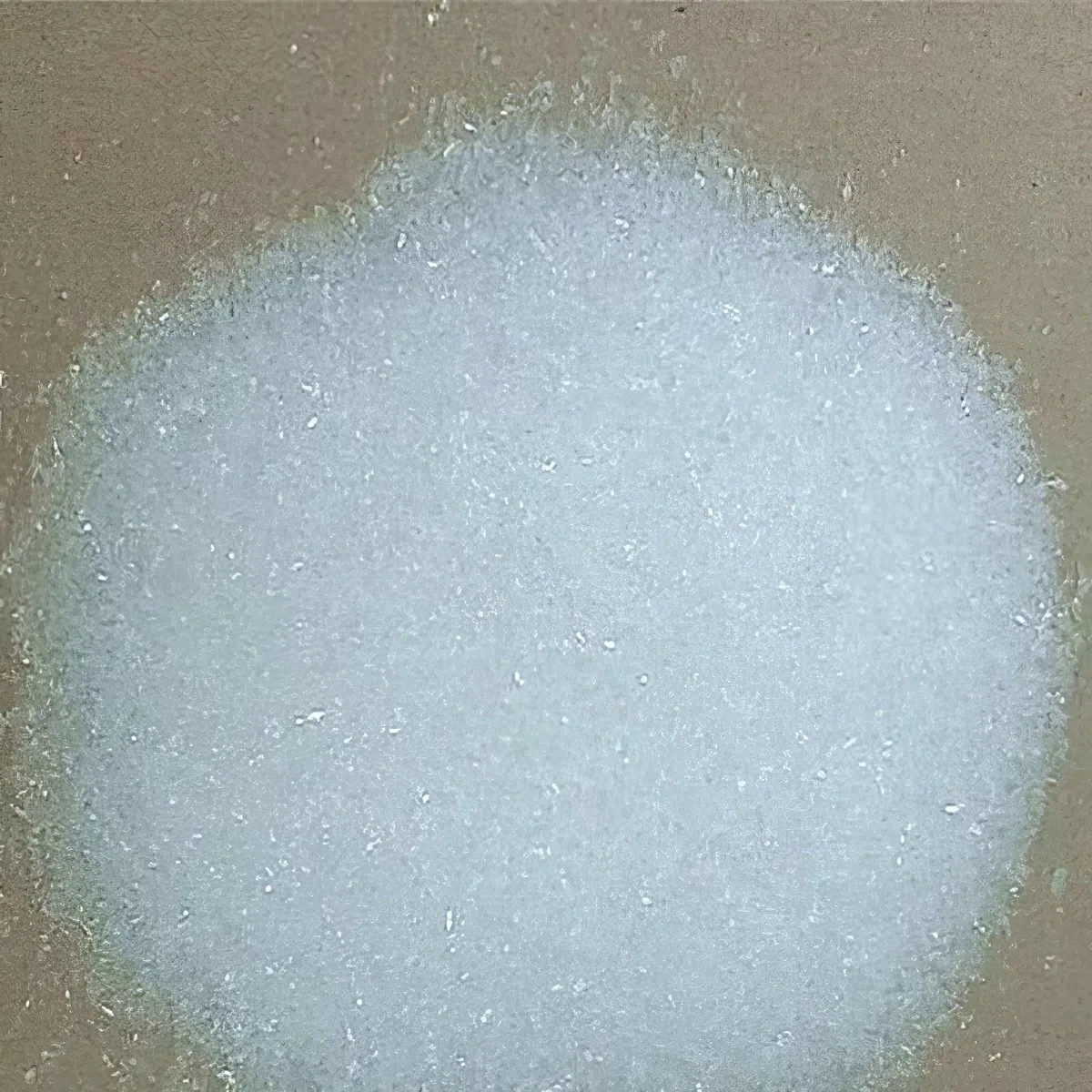



dry sodium bisulfate
Understanding Dry Sodium Bisulfate Uses, Properties, and Safety
Sodium bisulfate, also known as sodium hydrogen sulfate, is an inorganic compound that has gained recognition across various industries due to its versatility and effectiveness. When we refer specifically to dry sodium bisulfate, we are talking about its anhydrous form, which is a white crystalline substance with a range of practical applications. This article delves into the properties, uses, and safety considerations regarding dry sodium bisulfate.
Chemical Properties and Composition
Dry sodium bisulfate (NaHSO4) is a salt formed from sulfuric acid and sodium hydroxide. It is characterized by its acidic properties, with a pH level around 1 to 2 when dissolved in water. This substance is highly hygroscopic, meaning it readily absorbs moisture from the air. The anhydrous form is typically used in applications where moisture control is essential.
Sodium bisulfate is soluble in water, and upon dissolution, it dissociates into sodium ions (Na+) and bisulfate ions (HSO4-). Its acidic nature makes it an ideal candidate for neutralizing alkaline substances and adjusting pH levels in various contexts.
Applications of Dry Sodium Bisulfate
1. pH Adjustment One of the primary uses of dry sodium bisulfate is in the adjustment of pH levels in swimming pools and industrial processes. It is often used to lower the pH of water, ensuring that it remains within the optimal range, which is crucial for both water quality and the effectiveness of chlorine sanitizers.
2. Cleaning Agent In various cleaning products, sodium bisulfate is employed as a safer alternative to other strong acids like hydrochloric acid. It effectively removes rust, mineral deposits, and other stubborn stains from surfaces.
dry sodium bisulfate

3. Food Industry Sodium bisulfate is used as a food additive, specifically as a sour agent, and for regulating acidity in certain products. Its ability to inhibit microbial growth makes it valuable in food preservation.
4. Chemical Synthesis This compound serves as a reagent in various chemical reactions, particularly in the synthesis of other sodium compounds and as a catalyst in different processes. It is also utilized in the production of various dyes and pigments.
5. Manufacturing Processes In the textile industry, sodium bisulfate is used in dyeing functions, while in the leather industry, it aids in tanning processes. Its role in enhancing the final product's quality is invaluable.
Safety and Handling
While dry sodium bisulfate is less hazardous compared to many other acids, it is essential to handle it with care. It can cause irritation to the eyes, skin, and respiratory tract. Therefore, when working with this compound, appropriate personal protective equipment (PPE) such as gloves, goggles, and masks should be worn.
In case of skin contact, it is recommended to wash the affected area with plenty of water. If ingested or if it comes into contact with the eyes, seeking medical attention is advisable.
Conclusion
Dry sodium bisulfate is a multifaceted chemical compound with extensive applications across various sectors, including water treatment, cleaning, food processing, and manufacturing. Its effectiveness as a pH adjuster and cleaning agent, coupled with its relative safety, underscores its significance in industrial and commercial settings. However, as with all chemicals, awareness and adherence to safety guidelines are paramount when handling dry sodium bisulfate to ensure a safe and productive use.
-
Why Sodium Persulfate Is Everywhere NowNewsJul.07,2025
-
Why Polyacrylamide Is in High DemandNewsJul.07,2025
-
Understanding Paint Chemicals and Their ApplicationsNewsJul.07,2025
-
Smart Use Of Mining ChemicalsNewsJul.07,2025
-
Practical Uses of Potassium MonopersulfateNewsJul.07,2025
-
Agrochemicals In Real FarmingNewsJul.07,2025
-
Sodium Chlorite Hot UsesNewsJul.01,2025










